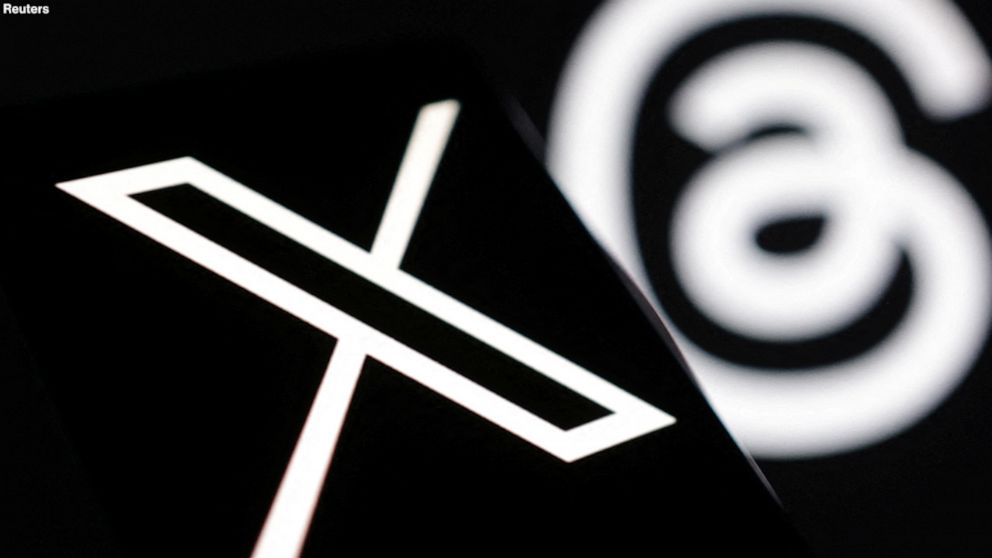ADS
Sabotage or accident? The cutting of critical undersea cables has ignited a fierce debate between American and European officials. The mystery surrounding the severing of two undersea internet cables in the Baltic Sea has raised concerns and suspicions across the continent.
European officials have been quick to point the finger at sabotage as the cause of the disruption, with German Defense Minister Boris Pistorius stating that “no one believes that these cables were accidentally severed.” In a joint statement, the foreign ministers of Finland and Germany expressed their “serious concern” and suggested that the incident could be part of a larger campaign of “hybrid warfare,” with a particular emphasis on Russia’s involvement.
This suspicion is not unfounded, as there have been several incidents of suspicious activities, arson attacks, and explosions in various European countries, with Moscow often being blamed for these acts of sabotage. The timing of these cable disruptions, coming shortly after the United States warned of potential threats to undersea infrastructure from Russia, has only fueled speculation about Russian involvement.
However, despite these claims, two US officials familiar with the investigation have indicated that the damage is likely not the result of deliberate activity by Russia or any other nation. They believe that the most probable cause is an accidental anchor drag from a passing vessel. While such incidents have happened in the past, the unprecedented speed with which these two cables were severed has raised eyebrows.
The Kremlin has vehemently denied any involvement, calling the accusations “laughable” and “absurd.” Law enforcement agencies in Finland and Sweden, on the other hand, remain convinced that the damage was intentional. Investigations are ongoing, with both countries launching criminal probes into the suspected sabotage.
One vessel, in particular, has piqued the interest of authorities and online investigators. The Chinese-flagged ship Yi Peng 3 crossed both cables around the time they were severed, leading to speculation about its possible involvement. The vessel, which was departing from a Russian port, had been stationary for a period before crossing the cables.
While the Danish Armed Forces confirmed their presence near the Yi Peng 3, they did not disclose if they followed the vessel. Tracking data indicates that the ship altered its course after the second cable was cut, pausing for thirty minutes before continuing its journey. It is currently anchored in international waters in the Kattegat, not far from the coasts of Sweden and Denmark.
Cinia, the Finnish telecom provider, adjusted the estimated location of the cut to align with the Yi Peng 3’s trajectory. The vessel had also crossed other undersea infrastructure in the Baltic Sea, raising further suspicions about its activities. Chinese officials have denied any knowledge of the situation, emphasizing their commitment to following international laws regarding undersea infrastructure protection.
Despite these developments, there is no concrete evidence linking the Yi Peng 3 to the sabotage of the undersea cables. The vessel’s ownership and management are not listed on any sanction lists, although it has a history of transporting Russian coal. Investigations are ongoing to determine the true cause of the cable disruptions and any potential links to the mysterious ship.
The shadow of suspicion looms large over the Baltic Sea as investigators work tirelessly to unravel the mystery of the severed undersea cables. The future of European internet connectivity hangs in the balance, as authorities race against time to identify and hold accountable those responsible for this destructive act. Only time will tell whether sabotage or accident was truly at play in this unprecedented disruption.








